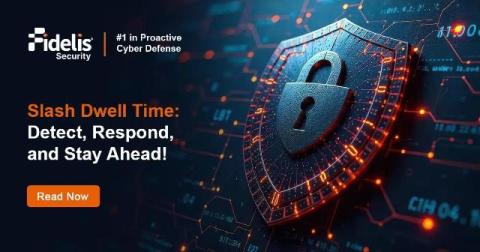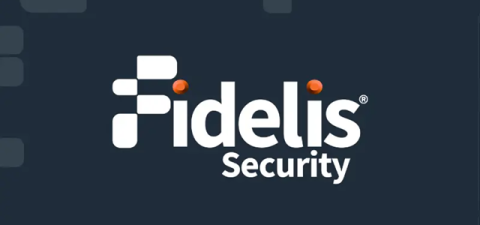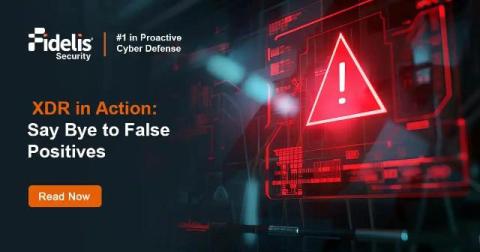Cato XDR: Finally, A Tool Built by People Who Actually Read the Logs!
Ever feel like some tools are designed by people who’ve never had to use them? Like those public restroom hand dryers that leave your hands wetter than before, or CAPTCHAs that make you question if you even know what a bicycle looks like—it’s like a bad joke at our expense. In the 2022 Devo SOC Performance Report, questions were raised about the biggest challenges faced by security operations center (SOC) teams.










